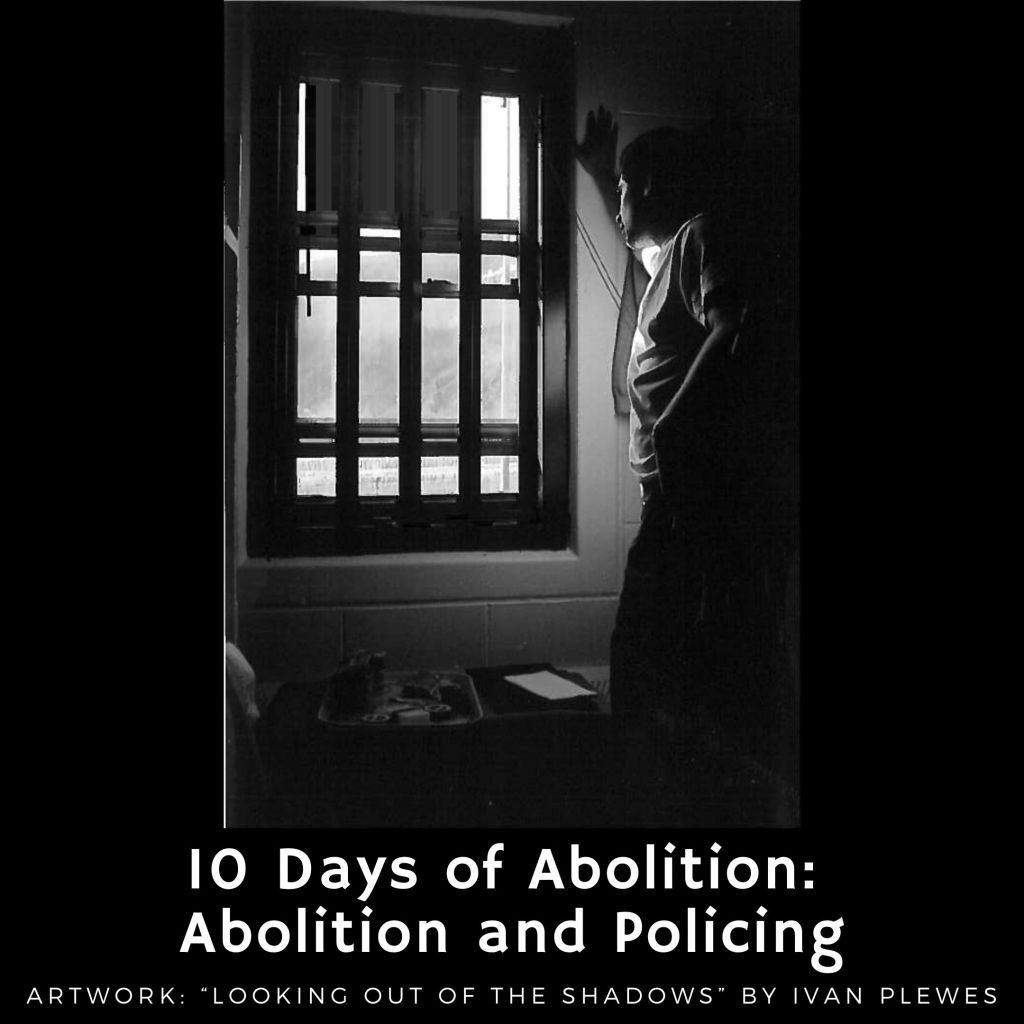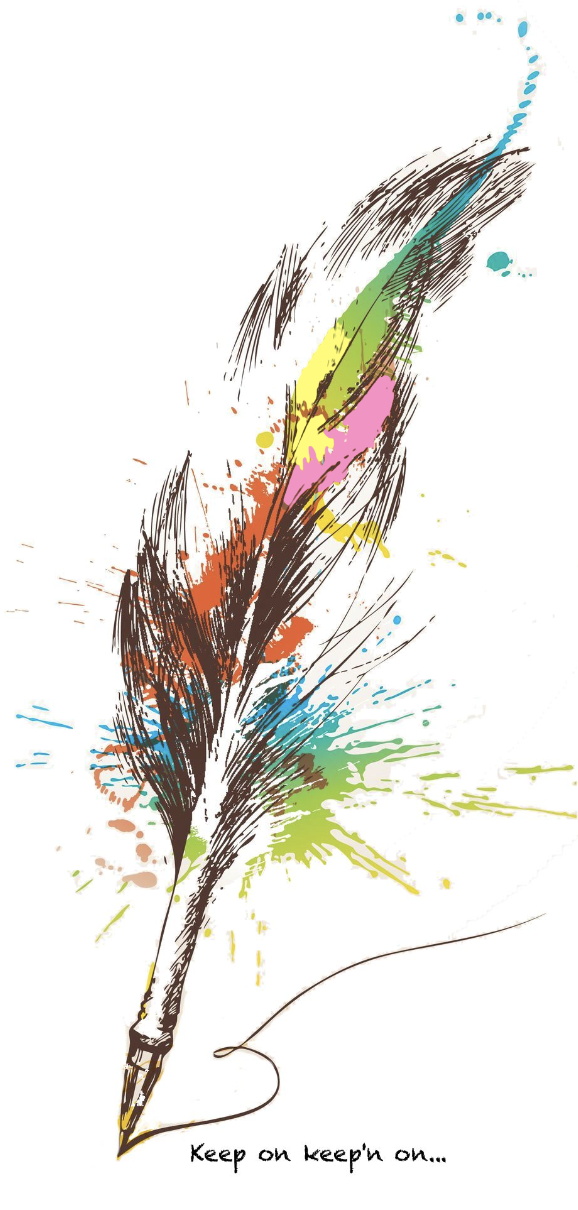
Day 1: What is abolition? Abolition is about thinking beyond punishment as a way to solve social problems. It means moving away from segregation and confinement and creating resources of support, healing, and accountability. Join the conversation through the Abolition Network listserv

Releasing people from prisons is not an uncommon strategy when it becomes too expensive or politically untenable to keep people locked in. During COVID-19, Ontario reduced its prison population by 25%, and during 1993-94, the conservative premier of Alberta cut provincial budgets by 20%, resulting in a 32% decrease in the prison population over five years.
Releasing people from prison is not the problem; the problem is not having the right supports, resources, infrastructures, and investments in the communities.
#abolitioncanada; #wekeepeachothersafe
https://www.worldwithoutprisons.org

Take a look at this reading guide to learn more about abolition in so-called Canada. It brings together relevant and interrelated readings and resources including policing, sex work, incarceration, colonialism, and immigration detention, among many others.

On August 10, 1975, a prisoner-led hunger strike was organized at Millhaven Maximum Security Prison in Bath, Ontario to mourn the suicide of Edward Nalon, a prisoner who bled to death in solitary confinement one year earlier. The first anniversary of Eddie’s death was commemorated by this one-day hunger strike where prisoners refused to work and use the prison’s services; instead, they held a memorial service. August 10 then became known as Prisoners’ Justice Day in Canada.

Check out the important work in support of Black, Indigenous, and People of Colour (BIPOC) against the unparalleled experiences of police violence. It covers topics like racialized police violence, the problems with policing reforms such as body cameras and training, and policing alternatives. Police abolition is about divesting from state violence and investing in community justices and accountability for de-escalating conflict, addressing harm, and keeping people safe.
#abolitioncanada; #defundthepolice;

Abolition seeks to eliminate carceral practices that perpetuate the segregation of people. Reform perpetuate it.

People do not experience and exercise power in the same way. Race, indigeneity, gender, sexuality, class, ability, religion, age, language, education, immigration status, and more, create entire ranges and levels of differences, access, and opportunities. It is no coincidence that those with the least amount of access and privileges are also more likely to end up in prison. As noted by Angela Y. Davis, “Prisons do not disappear social problems, they disappear human beings”.

Prisons are already places that create and exacerbate health problems. During the pandemic, risks to COVID-19 were perilous in prisons given the confined spaces, lack of access to protective and sanitizing equipment, and grossly inadequate healthcare. People in prison were in 23 hour a day lockdowns, isolated from their families and loved ones, and provided with few if any additional support or resources. People are sent to prison as punishment; not a death sentence.

Check out this Q&A on abolition that covers questions on the COVID-19 pandemic, policing, colonialism, and what people can do to help. Abolition is not about tearing down buildings, but about building communities and relations.
#abolitioncanada; #abolishprisons

During the pandemic, there were few if any additional community release resources available. The COVID-19 Prisoner Emergency Support Fund, and The Prairie Province Prisoner Support Fund were created to support the transition of people released from prison. These acts of mutual aid and support show how communities are the foundations for building safer communities through support and resources, rather than the carceral institutions that create the problem of reintegration. What can you do to help? 1) volunteer your time or donate to an abolitionist group; 2) keep pressure on state officials by email, phone, and twitter; 3) share and educate others on what you are learning .
